This is one in a series of posts on the Fujifilm GFX 100. You should be able to find all the posts about that camera in the Category List on the right sidebar, below the Articles widget. There’s a drop-down menu there that you can use to get to all the posts in this series; just look for “GFX 100”. This post is also about the GFX 50R. You can find other posts about the GFX 50S and GFX 50R by looking for “GFX 50S” in the Category List.
With the advent of the GFX 100 and the coming introduction of the Sony a7RIV, both of which have pixel pitches of 3.76 um, there is a lot of speculation about just how good the lenses have to be to take advantage of the sensors. I’ve posted results previously that showed that, with the Fuji 110 mm f/2 lens, that even 100 MP is nowhere near enough to get everything out of the lens. The 110/2 is a great lens. What if we were to put a lesser lens on the GFX 100. There aren’t any truly bad Fuji GFX native lenses, but I picked the worst-resolving one for this test, the 100-200 mm f/5.6. At 100 mm, it is quite good for a zoom, but at 200 mm, it lags behind the best full-frame zooms, even when they are used on full frame cameras.
I set up a Siemens Star target, and shot it with the 100-200/5.6 on both the GFX 100 and GFX 50R. Here it is with the GFX 100 with the lens set to a focal length of 100 mm:
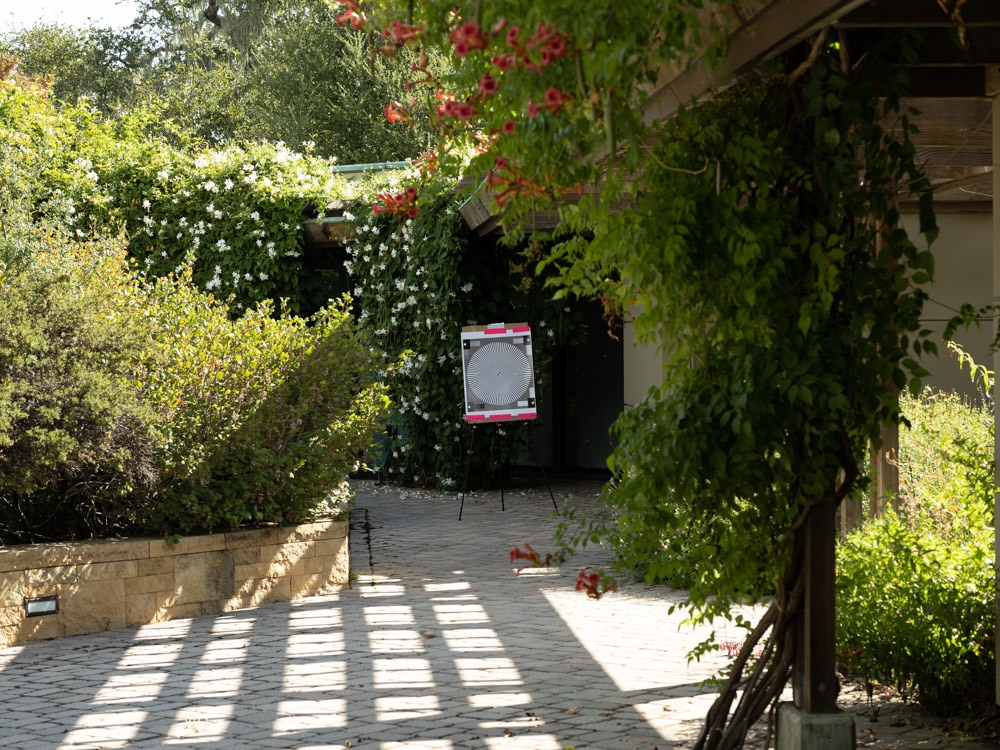
I used AF-S with both cameras, and set the shutter mode to EFCS. I made three shots at each f-stop, and selected the sharpest of the three to show you here. The camera was mounted on a C1 head, which was in turn mounted to a set of beefy RRS carbon fiber legs. I used the 2-second self timer. Here are some same field of view crops, shown here at a magnification of somewhat over 100%. Development was in Lightroom with Adobe Color Profile and default sharpening of amount = 40, radius = 1, and detail = 25, since this lens is a bit soft.
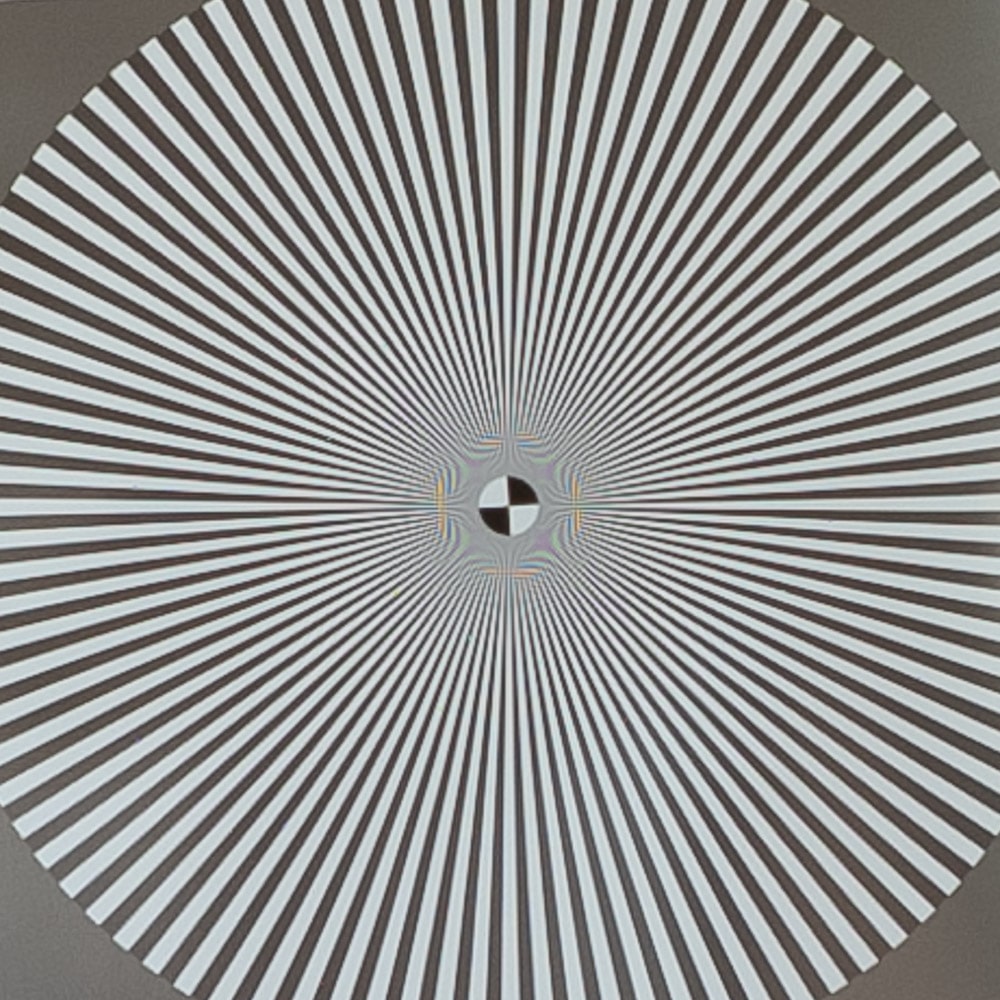
It’s clear the lens is delivering enough high-frequency information to the sensor to cause a great deal of aliasing.
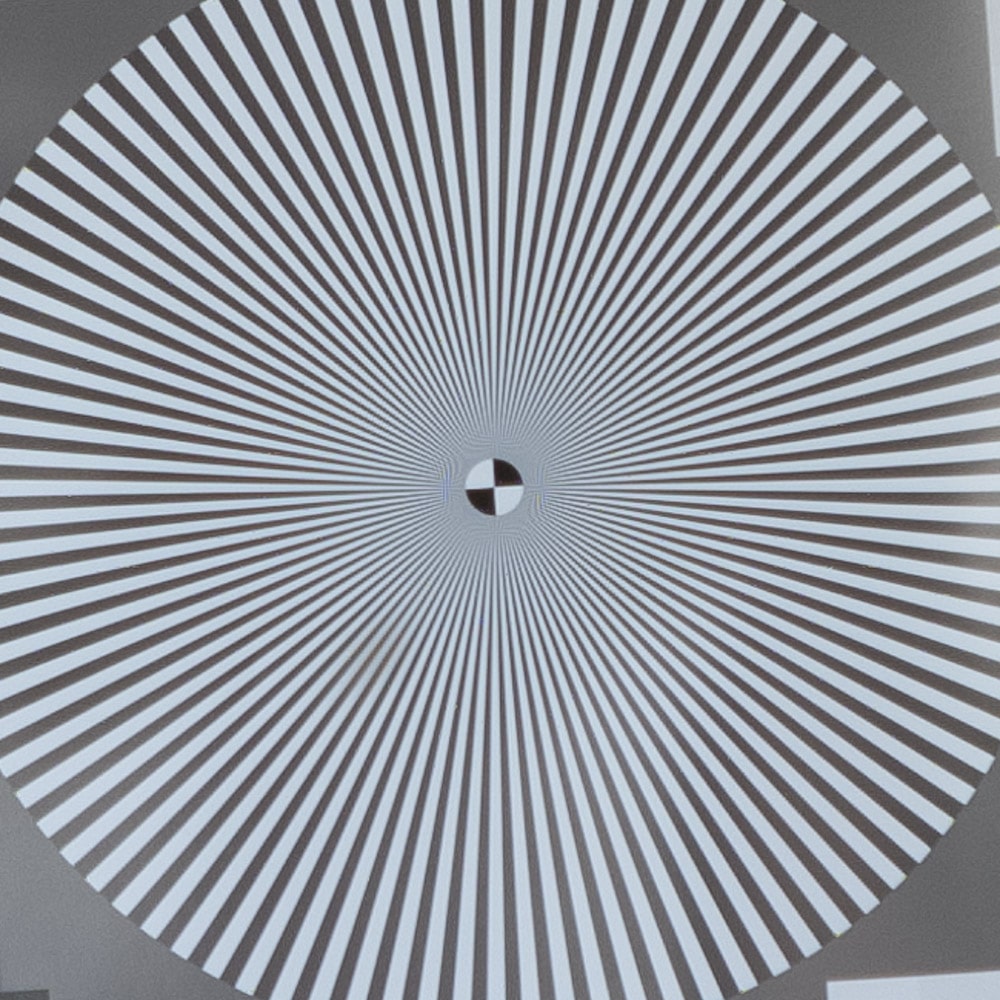
Thins are much better with the GFX 100, especially with regard to false color, but there is still quite-noticeable aliasing.
Stopping down to f/8:
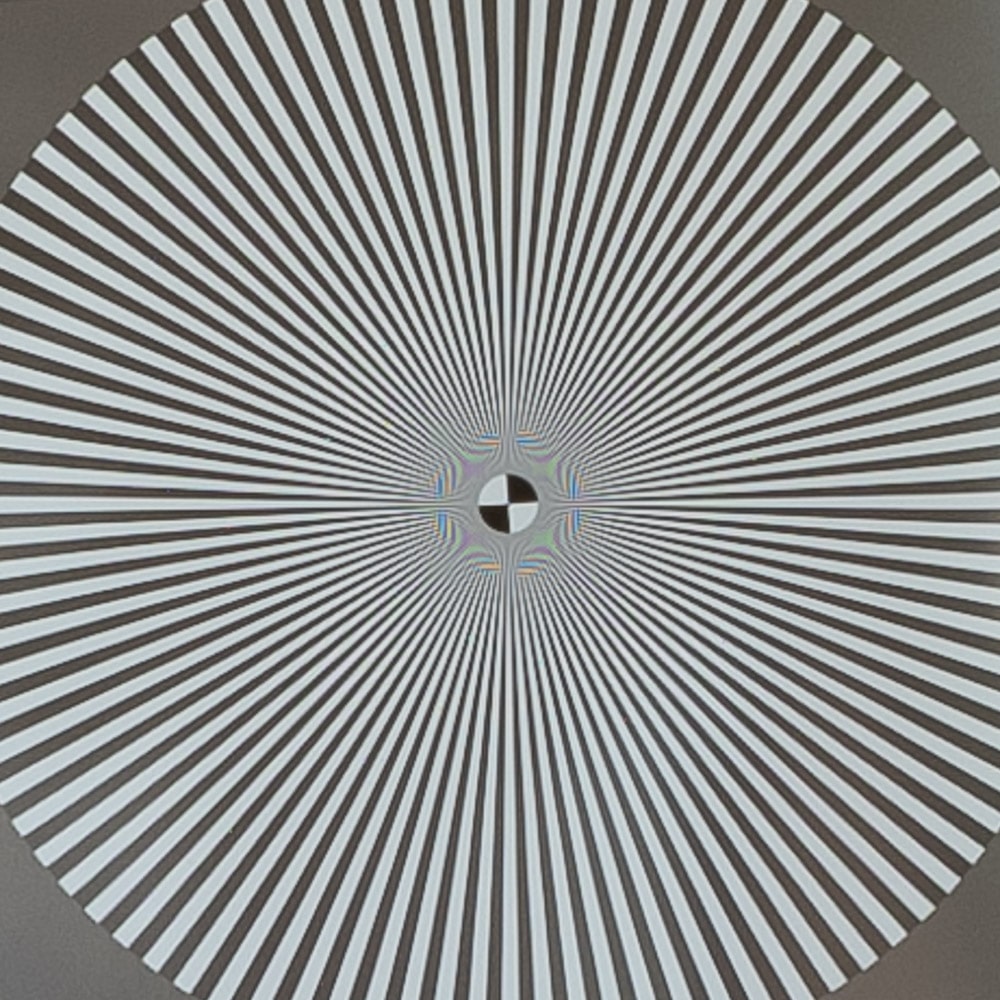
Still a ton of aliasing.
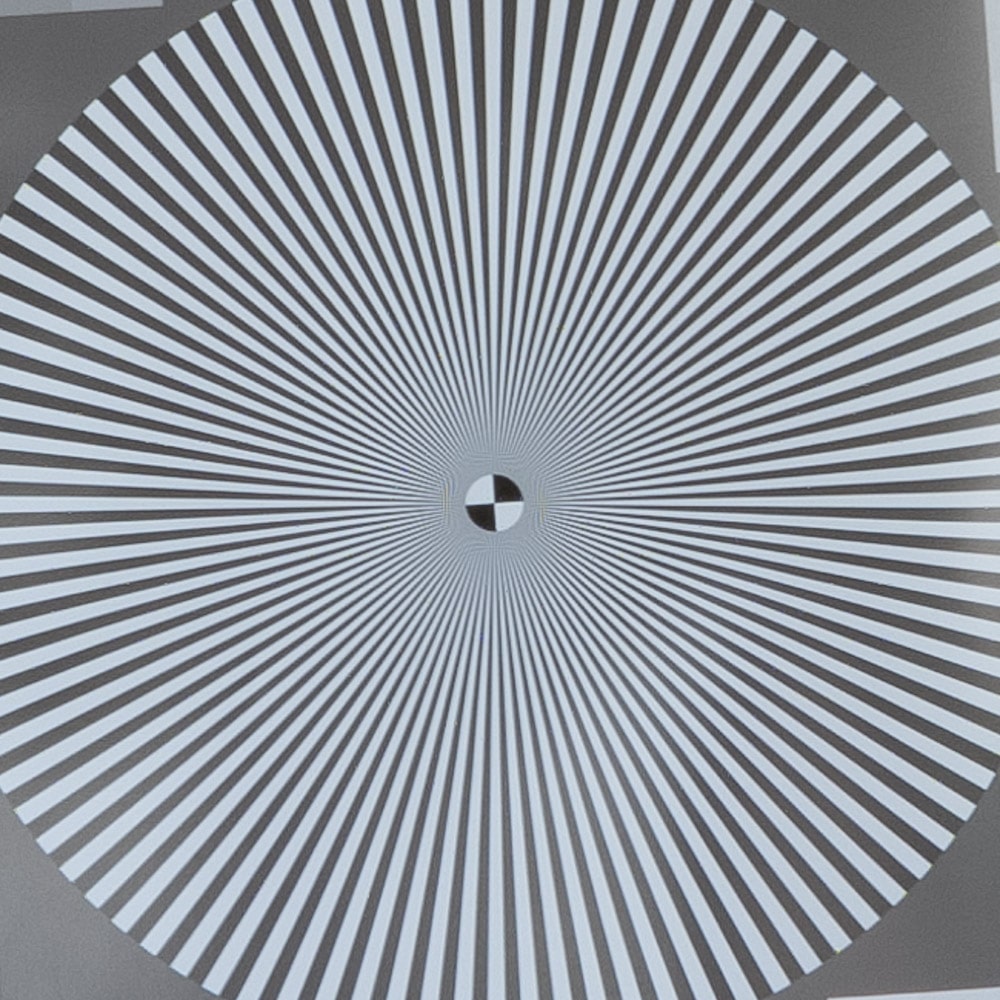
Still aliasing with the GFX 100.
Can a bit more diffraction smooth things out? Stopping down to f/11:

The contrast of the aliasing is decreased, but it’s still prominent.

There’s a bit of aliasing left with the GFX 100.
OK, so, at 100 mm, the GFX 100 can take advantage of the 100-200/5.6 on-axis sharpness. What about at its worst focal length?
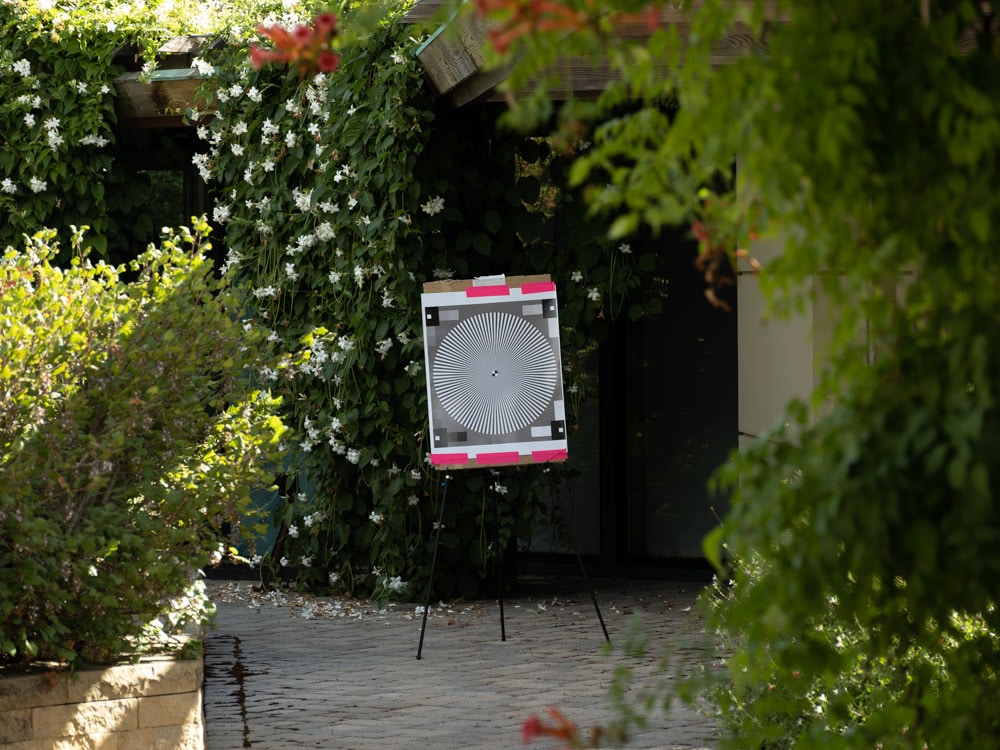

Some aliasing with the GFX 50R. I should have backed up a ways.

Pretty clean, except for the areas very close to the roundel.
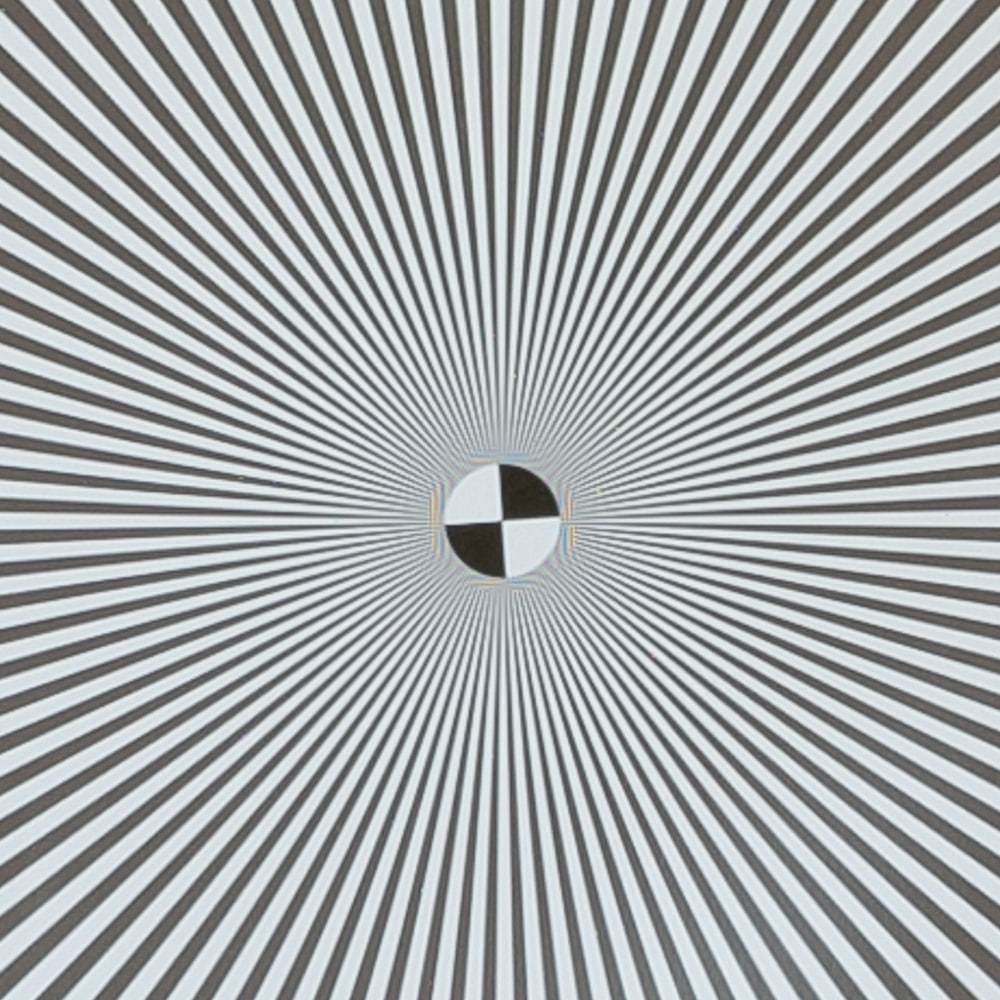
Still aliasing with the GFX 50R.
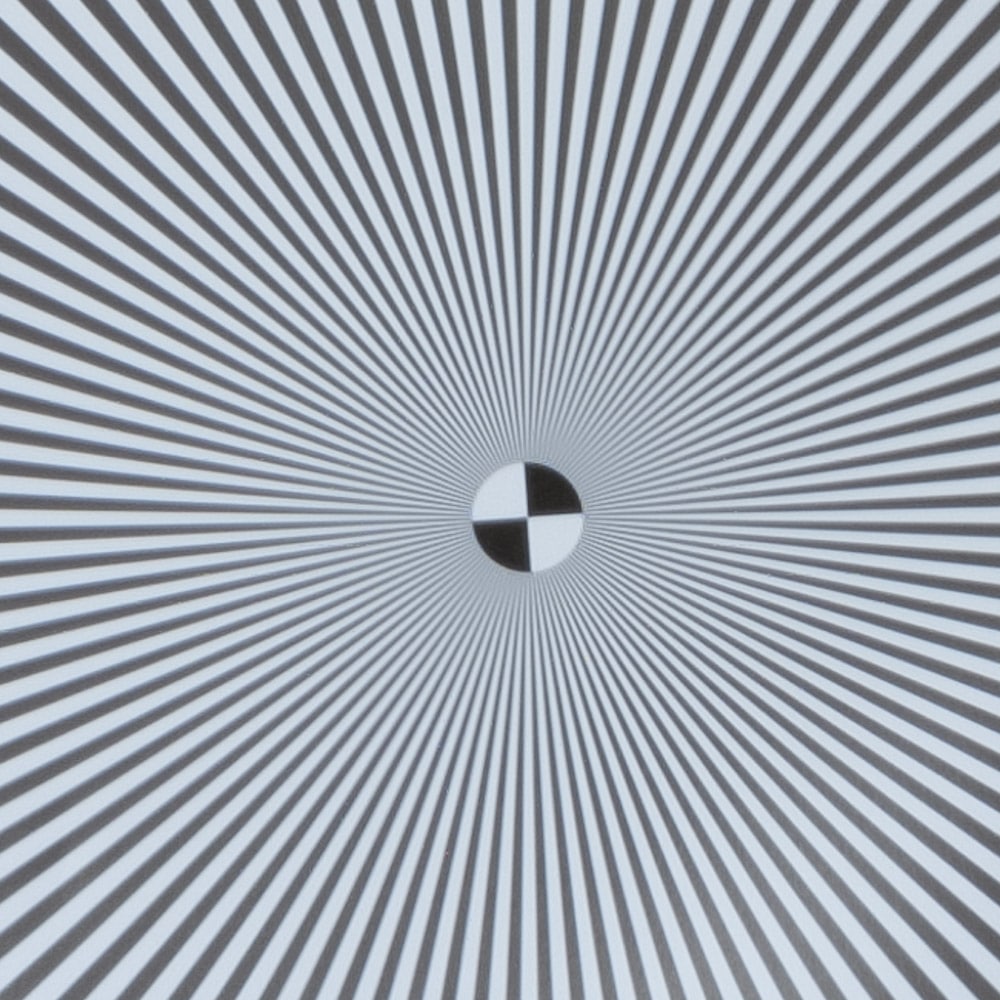
Some minor aliasing with the GFX 100.

Even at the worst focal length of the worst lens in the Fuji G lineup, stopped down to f/11 so we get some diffraction going, there’s still a lot of aliasing.
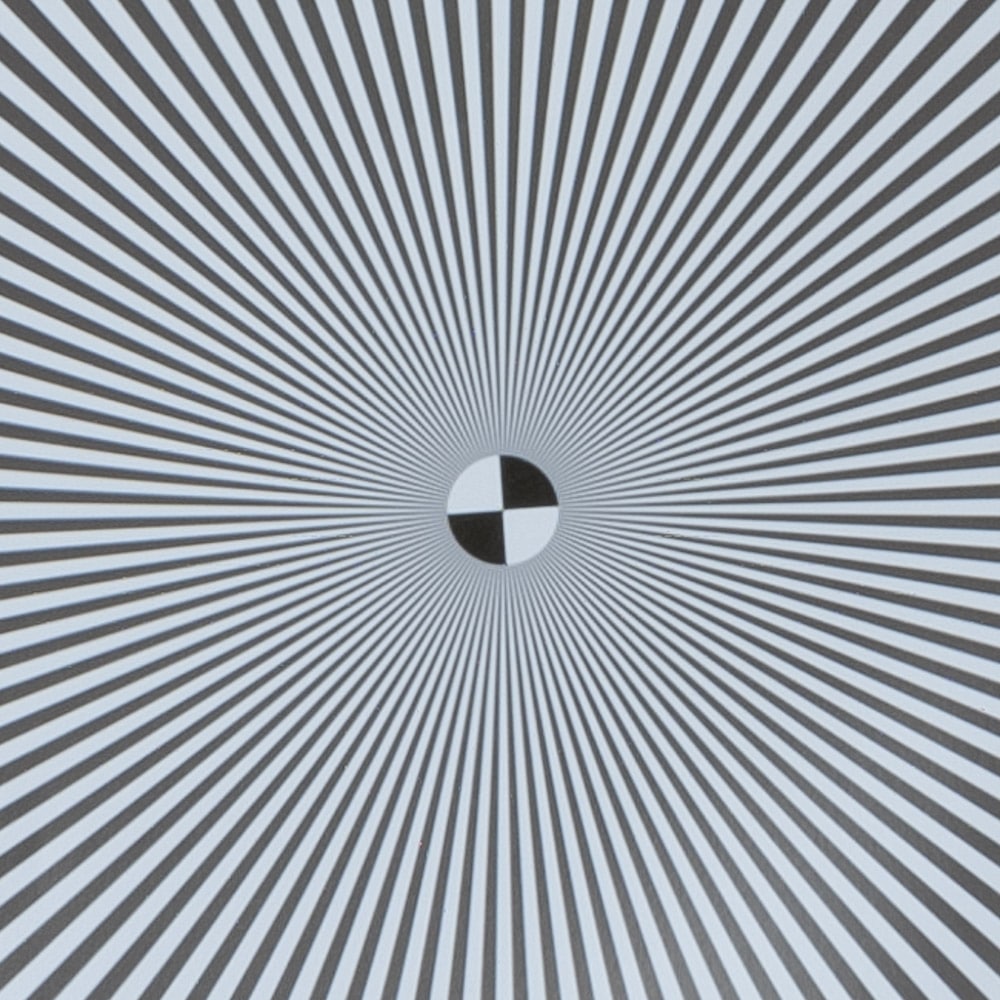
The GFX 100 is almost — but not quite — free of aliasing.
I don’t think we have to worry about 3.76 um sensors outresolving* decent lenses.
*I don’t like this term because it is imprecise, but I’ll use it here since this is how worriers about high-resolution sensor folks phrase their concerns.
jim trotter says
Thanks for sharing this info.
Jim Trotter says
at what shutter speed is it not necessary to use image stabilization ?
when using a tripod is id best to turn off Image stabilization ?
JimK says
Anything faster than 1/(2*focal length) would be a good place to start.
Unless it’s windy or the tripod is on something that’s vibrating, probably so.